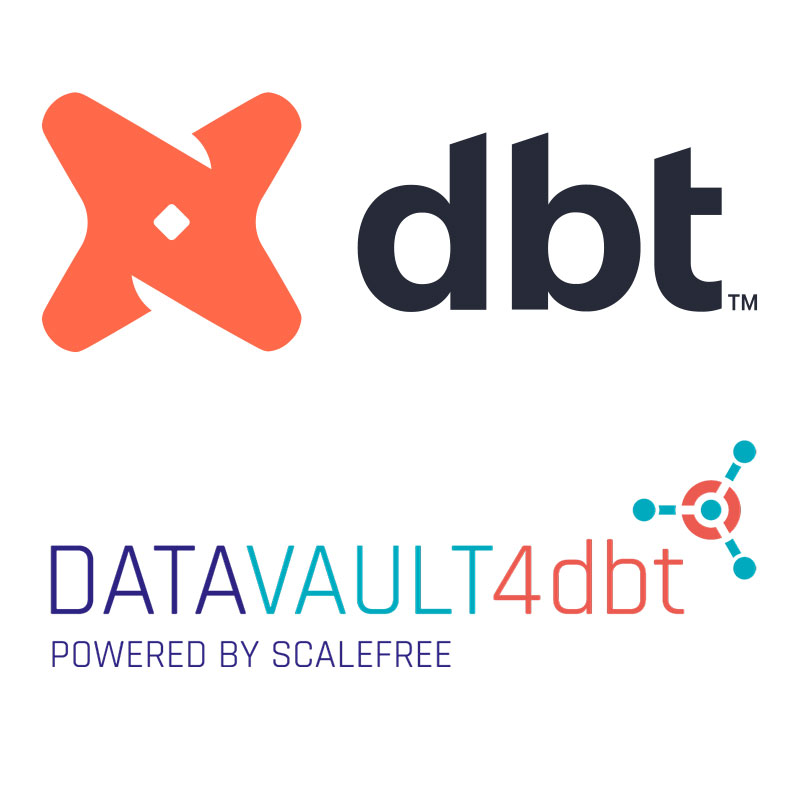dbt (Data Build Tool) ist ein Entwicklungsframework, mit dem Teams Analyselösungen schneller erstellen, testen und bereitstellen können. Es kann verwendet werden, um eine einheitliche Entwicklungsumgebung für alle Data-Engineering- und Data-Analyst-Teams zu schaffen. Das Open-Source-Paket Datavault4dbt von Scalefree erweitert dbt mit dbt-Makros, um ein Data Vault 2.0-konformes Data Warehouse zu erstellen.
https://www.scalefree.com/consulting/datavault4dbt/
Die Challenge wurde durchgeführt von Andreas Haas und Jan Binge.
Das komplette Projekt kann mit den Sourcen auf github (https://github.com/haas-binge/dwa-compare-dbt) angeschaut, ausprobiert und getestet werden.
